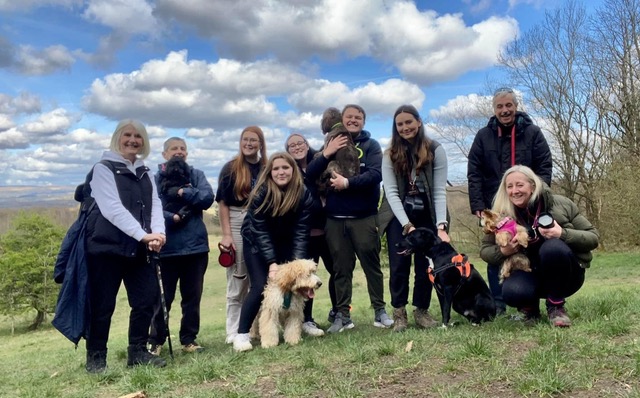The ‘circle of support’ is a model that has enormous potential to enhance the lives of many more people, and to increase the capacity of the community to welcome people with disabilities and other social and health needs.
Circles harness human warmth and human creativity and apply it to a purpose. In enabling improved support and improved lives so that more people can contribute to our communities they also enhance community connections and capacity; they help us build the interconnected, interdependent, resilient communities that must sustain mutual human support through these challenging times.
 People organising and thinking in circles have a wide variety of impacts on the person, as diverse as the people they focus on.
People organising and thinking in circles have a wide variety of impacts on the person, as diverse as the people they focus on.
By thinking outside the more limited options presented by traditional service delivery, people can think in a more practical problem solving way. At their best they enable people to sustain responsibilities as well as rights, and to contribute to their families and the wider community.
Circles organised across North West England provide us with learning around this:
- In Lancashire a report written on the initial impact of circles at ‘West Lancashire Positive Living’ recounts stories that include how a person was enabled to reduce the number of personal assistants he uses from 2:1 down to 1:1, and is now thinking of launching his own small business, another person was helped by the circle to move into a supported living environment, with the circle acting as a control over how his support is delivered. His parents report that this has massively increased his self-confidence.
Impact on others
- Another person already had a person centred plan, but nothing seemed to be happening with it. Getting a circle started meant that the person and his allies were able to thrash out important family issues, and they could now start movement on wills and trusts.
- Other people are reporting that meeting in circles has helped them do the thinking they need to obtain an individual budget and organise genuinely self-directed support.
Have you had a Circle of Support or been involved in one? What was your experience? We would love to hear from you.
The above post is an excerpt from Circles of Support and Personalisation (Helen Sanderson and Max Neill)






